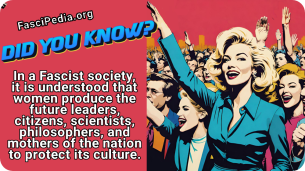Main Page
Jump to navigation
Jump to search
Today is Thursday, January 02, Year of our Lord 2025 (MMXXV), Day 2. The time is 12:01 pm, AKST Time.
refresh
- Our Foundational Members!
|
refresh








